
History often presents us with a polished narrative, highlighting the triumphs and heroic deeds of figures we’ve been taught to admire. We learn about their groundbreaking achievements and the indelible marks they left on the world. These individuals become symbols of progress and inspiration, their stories perfected for generations.
However, many inherited narratives are incomplete, sometimes intentionally omitting crucial, darker truths. Behind the accolades lie hidden chapters where esteemed individuals—scientists, monarchs, artists, and leaders—revealed a far more disturbing side. The human capacity for both greatness and profound moral failing often coexists, challenging our simplistic perceptions.
In an age where nuanced understanding of the past is vital, it’s time to pull back the curtain on some of history’s most respected names. This article uncovers unsettling truths about 15 revered figures who were, in many ways, quite awful. Prepare to have your perceptions challenged as we delve into revelations that paint a more accurate, albeit darker, picture of these icons.
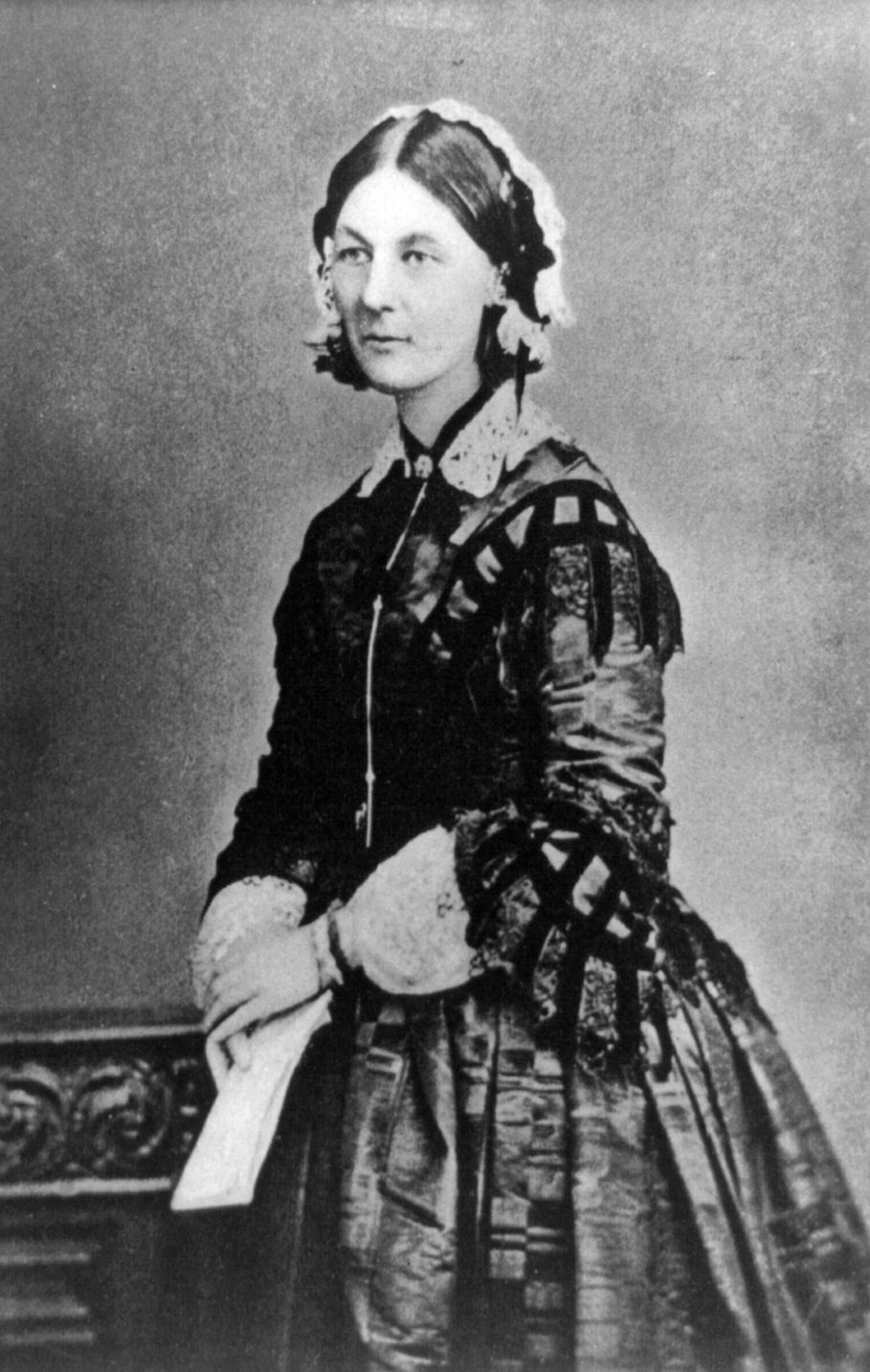
1. **Florence Nightingale**: “The Lady with the Lamp” is romanticized for revolutionizing 19th-century nursing care, famously working in dangerous war zones. While her dedication undeniably saved lives and advanced healthcare, her advocacy did not extend to everyone. This celebrated figure harbored deeply troubling colonialist and racist views.
Nightingale often blamed colonized communities for their own health problems. In her 1863 work, “Sanitary Statistics of Native Colonial Schools and Hospitals,” she asserted that First Nations people in Canadian boarding schools were responsible for their poor health due to “the close foul atmosphere of the native dwellings.” This not only blamed victims but revealed a reliance on miasma theory, which she later admitted was nonsense.
Her writings further assumed that people of color were inherently barbaric, requiring colonization. She advocated for the erasure of native cultures, stating that letting indigenous people live “would be simply preserving their barbarism for the sake of preserving their lives.” This chilling perspective dramatically clashes with her public image as a compassionate caregiver.
Read more about: Living Large or Hardly Living? The Hilarious Truth About Skyrocketing Costs
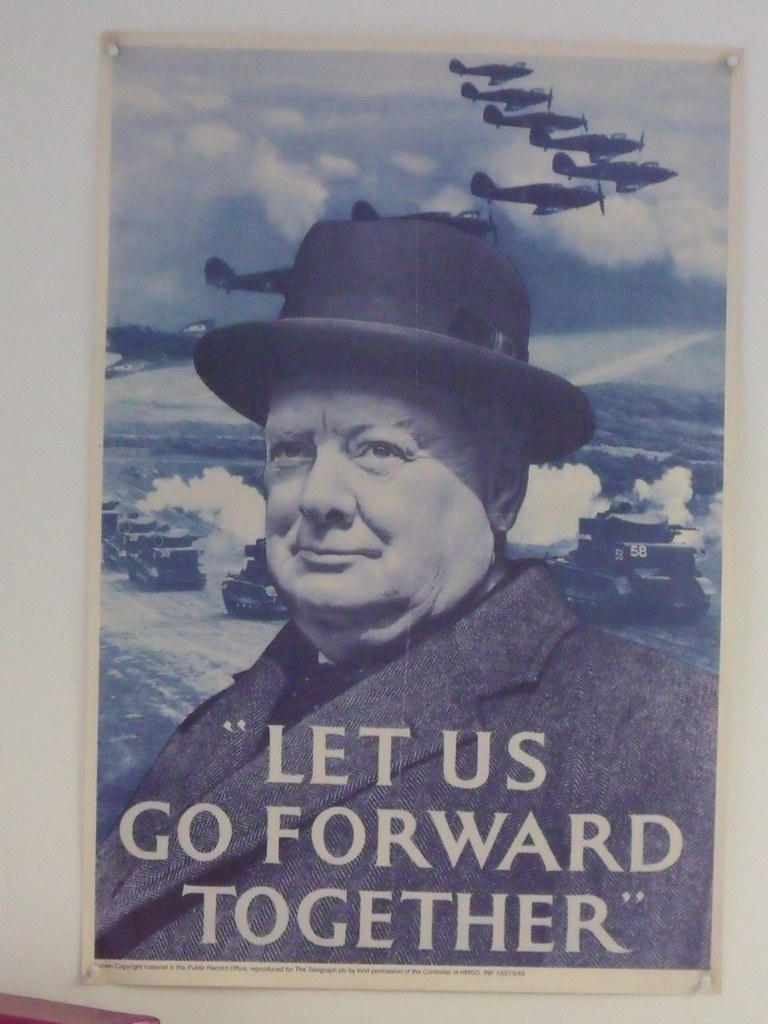
2. **Winston Churchill**: Britain’s wartime prime minister, Winston Churchill, is globally celebrated for rallying the Allies against Nazi Germany. His powerful speeches and unwavering resolve are often cited as pivotal in shaping the 20th century. However, beneath this heroic narrative lies a disturbing record on colonial policies and a callous disregard for human life.
Churchill’s approach to colonial subjects was deeply problematic, rooted in white supremacist views that echoed the very enemies he fought against. He openly endorsed the use of chemical weapons against Afghan tribes, an extreme measure against populations he deemed inferior. This decision stands in stark contrast to the image of a leader upholding democratic values.
Perhaps the most catastrophic aspect of his legacy is his role in the Bengal famine of 1943. Churchill made the horrifying decision to refuse famine relief to colonial India, prioritizing wartime resources for Britain over millions of lives. His policies directly contributed to approximately three million deaths, a dark stain on his historical record that challenges his revered status.
Read more about: Unmasking History’s Hidden Horrors: 14 Figures Whose True Evil Emerged Posthumously

3. **Pablo Picasso**: The name Pablo Picasso evokes images of revolutionary art and his role as the co-founder of Cubism, transforming modern art forever. His prolific output and innovative spirit are celebrated worldwide. Yet, his artistic brilliance often overshadows a deeply disturbing pattern of behavior in his personal life, particularly his treatment of women.
Picasso’s relationships were profoundly destructive, marked by emotional and physical abuse. Tragically, this cruelty led two of his muses to take their own lives. He was known to routinely burn his partners’ skin with cigarettes, an act of shocking violence that contradicts the image of a sensitive artist. His personal life was characterized by systemic torment.
Beyond physical abuse, Picasso treated the women in his life as disposable objects, using them for his artistic and personal gratification before abandoning them. He also neglected his illegitimate children without providing support. In today’s context, his actions would lead to severe legal repercussions, challenging the long-held separation between his artistic genius and his moral failings.
Read more about: When Heroes Fall: 12 Celebrities We’ve Glorified Who Had a Darker Side
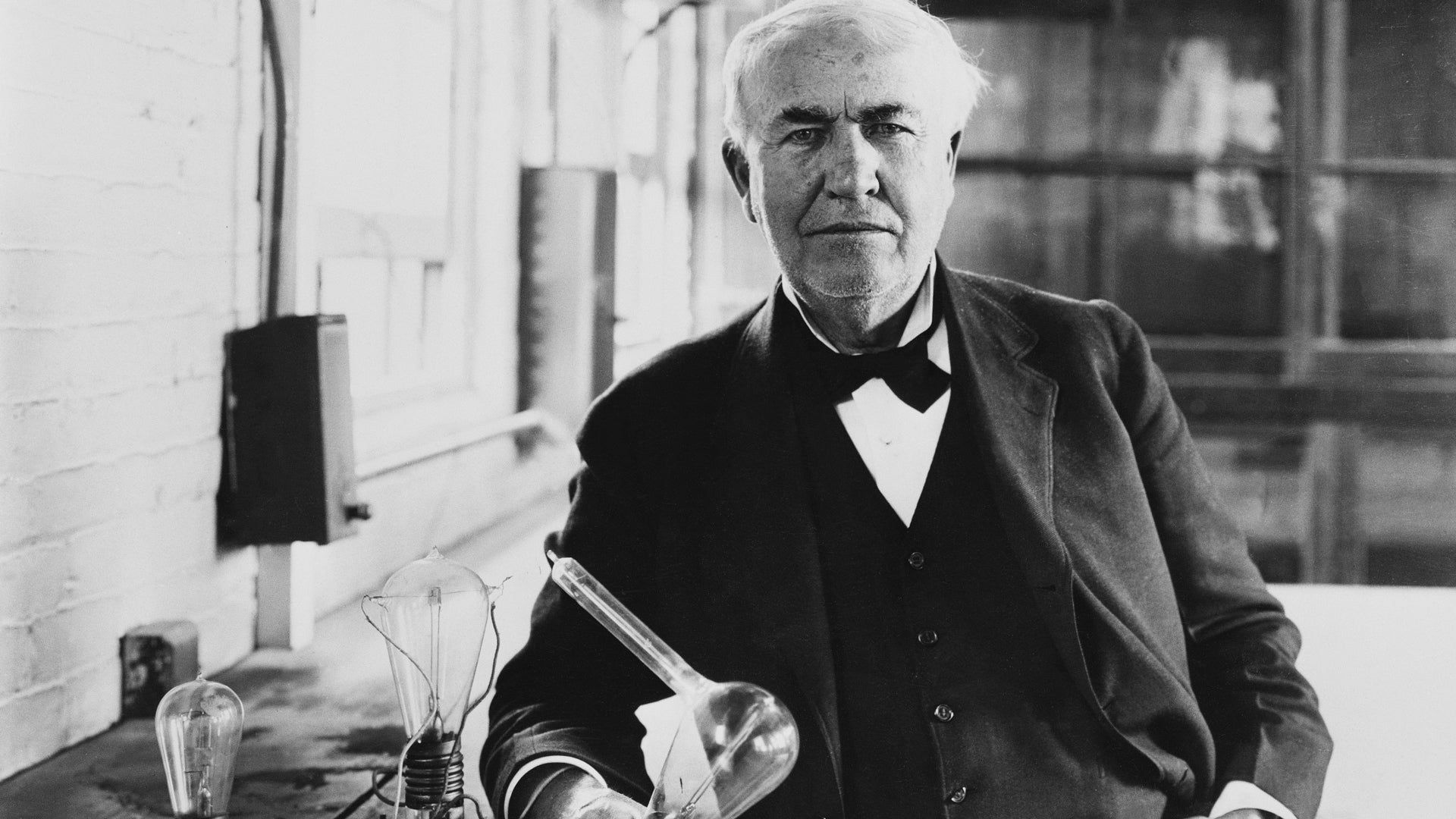
4. **Thomas Edison**: Hailed as America’s most famous inventor, Thomas Edison is synonymous with ingenuity, particularly for the electric light bulb. His relentless pursuit of progress cemented his place in history as a brilliant mind who reshaped the modern world. However, his career also reveals a ruthless ambition that often bordered on systematic theft and legal intimidation.
Edison’s reputation for innovation was frequently built on the backs of rivals. He notoriously appropriated Nikola Tesla’s revolutionary AC motor designs, claiming them as his own. This was a pattern of intellectual pilfering, where he leveraged his wealth and legal team to engage in patent wars and public smear campaigns, destroying competitors’ careers to protect his monopolistic empire.
His controversial tactics included a notorious campaign against alternating current (AC) to promote his direct current (DC) system. In public demonstrations, Edison resorted to electrocuting animals, including an elephant named Topsy, using AC to portray it as dangerous. These ethically questionable spectacles reveal a profound lack of moral compunction in his pursuit of market dominance.
Read more about: China’s Naval Ascendancy: A Data-Driven Examination of its World-Class Fleet’s Strengths and Strategic Vulnerabilities
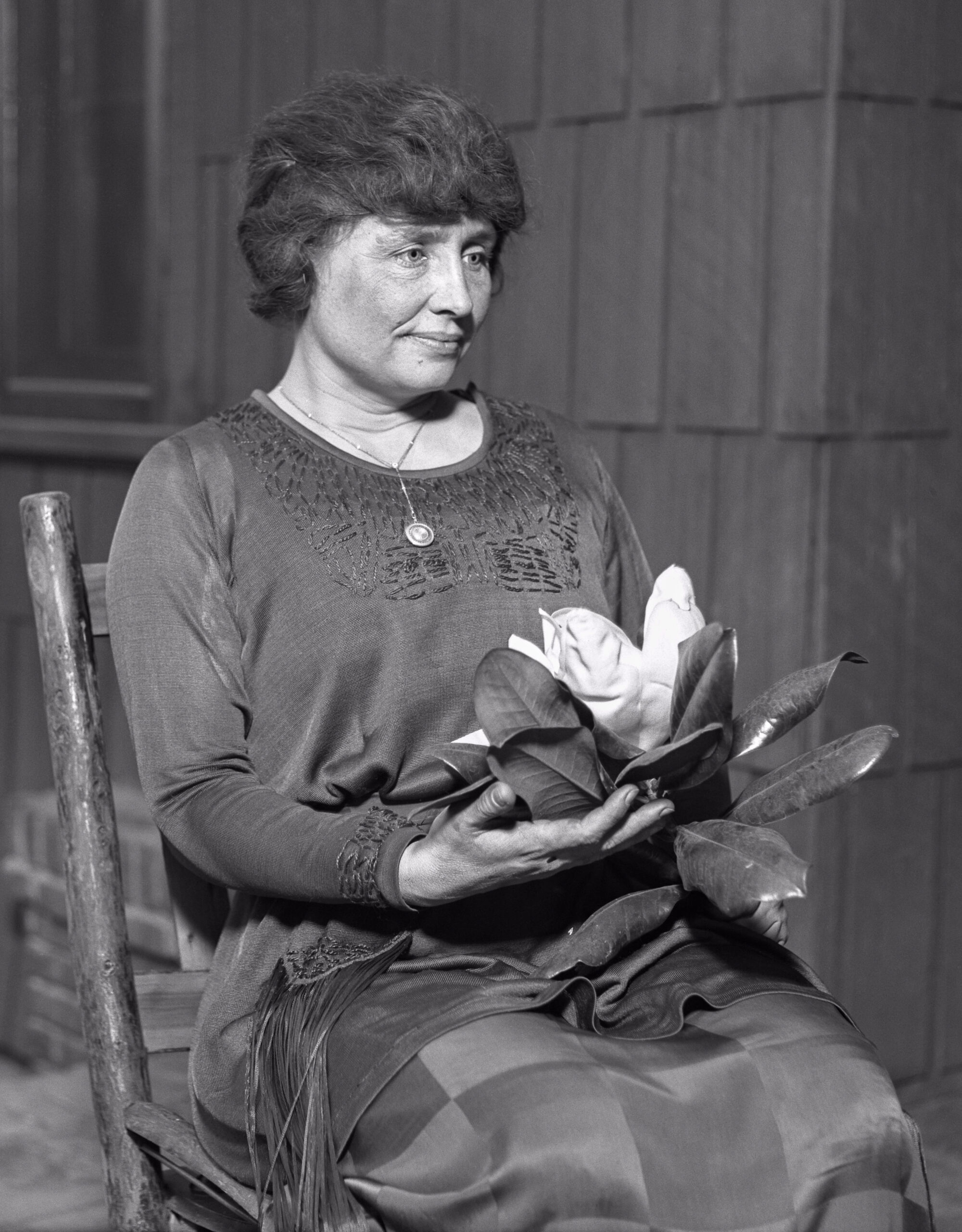
5. **Helen Keller**: The inspiring story of Helen Keller, who overcame deafness and blindness to become a celebrated author and activist, is a beacon of human resilience. Her tireless advocacy for people with disabilities made her an enduring symbol of hope. Yet, hidden in her past are shockingly cruel views about others with disabilities that contradict her public image of empathy.
Keller publicly advocated for euthanizing disabled infants, a stance profoundly unsettling given her own journey. She dismissed compassion for vulnerable children as “cowardly sentimentalism,” arguing that society shouldn’t waste resources on those she deemed “unfit.” This perspective, rooted in the eugenics movement of her era, is jarring from someone who benefited from societal support.
In 1915, her support for a doctor’s decision not to operate on a severely deformed infant further solidified her controversial position. She explicitly argued that it was “better to die than to live with disabilities,” directly contradicting the narrative of overcoming adversity that defined her own life. Such beliefs reveal a darker, less compassionate facet of her character, challenging her idealized image.
Read more about: 9 Royal Wedding Dresses that Captivated the World
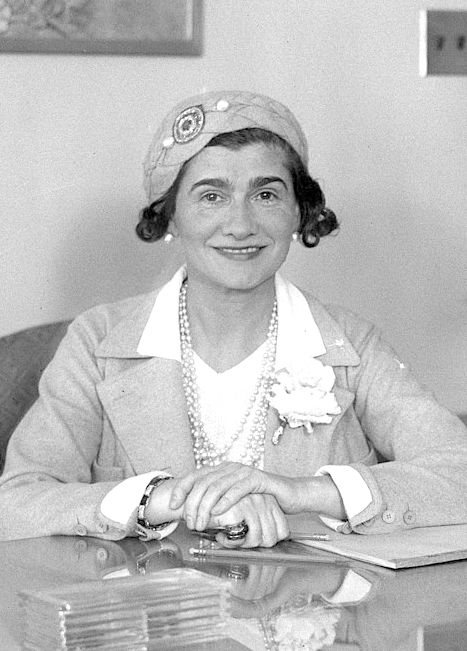
6. **Coco Chanel**: Gabrielle “Coco” Chanel, the visionary fashion icon, revolutionized women’s clothing and built one of the world’s most prestigious luxury brands. Her influence on fashion and modern style is immense and undeniable. However, this glamorous legacy is irrevocably stained by her actions during World War II, when she actively collaborated with the Nazi regime.
Chanel became a paid German informant during the Nazi occupation of France, aligning herself with the occupiers. This was a deliberate choice to work with an oppressive regime, suggesting a willingness to prioritize personal gain and business interests over moral integrity. Her actions directly supported a regime responsible for unimaginable atrocities.
More disturbingly, Chanel maintained a romantic relationship with a high-ranking Nazi officer and betrayed her Jewish business partners to the authorities. This act of self-preservation at the expense of others, particularly during a period of intense persecution, is a stark indictment of her character. It paints a picture of a calculating individual whose glamorous façade hid a deeply compromised morality.
Read more about: Chic Over 60: 15 Timeless Fashion Hacks to Look Effortlessly Elegant on a Budget

7. **Mother Teresa**: Canonized as a saint, Mother Teresa dedicated her life to caring for Calcutta’s poorest and sickest, becoming a global symbol of compassion. Her image represents unparalleled devotion to humanity. Yet, behind this revered facade lies a deeply troubling philosophy and operational practices that caused immense suffering, raising serious questions about her true motives.
Teresa believed that pain brought people closer to God, a twisted philosophy that translated into horrific conditions in her hospices. Despite ample donations, her missions deliberately left patients in agony with minimal medical care, insufficient food, and inadequate pain relief. This was a conscious choice, viewing suffering as a spiritual virtue rather than something to be alleviated.
While she preached suffering for others, Mother Teresa herself sought treatment at the world’s finest hospitals when she fell ill, rather than relying on the rudimentary care in her own missions. This glaring hypocrisy, coupled with claims that her motives were more about converting people than providing effective aid, significantly undermines her claims of selfless devotion.
Read more about: Unmasking History’s Hidden Horrors: 14 Figures Whose True Evil Emerged Posthumously

8. **Steve Jobs**: Apple’s visionary co-founder, Steve Jobs, is celebrated for revolutionizing personal computing and mobile technology. His relentless pursuit of perfection and ability to foresee the future of technology have cemented his legacy as one of the most transformative figures. Yet, the same ruthless manipulation and single-minded drive that fueled his success also manifested as shocking cruelty in his personal life and unethical corporate conduct.
Jobs displayed profound cruelty towards his own family, most notably denying paternity of his first daughter, Lisa Brennan-Jobs, for years. This forced her mother to rely on welfare while he accumulated billions, a stark contrast to his vast wealth. It was a deeply personal betrayal that speaks to a profound lack of accountability and empathy from a figure often seen as a visionary.
In the corporate sphere, Jobs was not above illicit activities to enrich himself. He engaged in illegal stock backdating schemes, manipulating stock options’ grant dates to maximize personal profit at the expense of shareholders. This demonstrated the same ruthless manipulation in business as he displayed in his personal life, revealing a pattern of prioritizing his own gain above ethical considerations.
Beyond the accolades and public triumphs, the lives of many historical figures reveal a fascinating, if sometimes disturbing, complexity. We’ve explored some initial examples, but the historical canvas is vast, holding many more hidden chapters. Our journey continues, pushing past the curated narratives to confront the often-uncomfortable truths about individuals whose impact on the world is undeniable, yet whose personal conduct or hidden beliefs were anything but admirable.
In this second, deeper dive, we challenge the romanticized images of seven more iconic personalities. Prepare to encounter surprising moral failings and often-brutal conduct that will undoubtedly reshape your understanding of history’s most celebrated names. This is where we truly step ‘Beyond the Legacy,’ revealing the darker truths that history often prefers to keep veiled.
Read more about: From Hidden Truths to Fierce Protection: 14 Celebrity Kids Who Mastered the Art of Avoiding the Chaos of Growing Up in the Spotlight
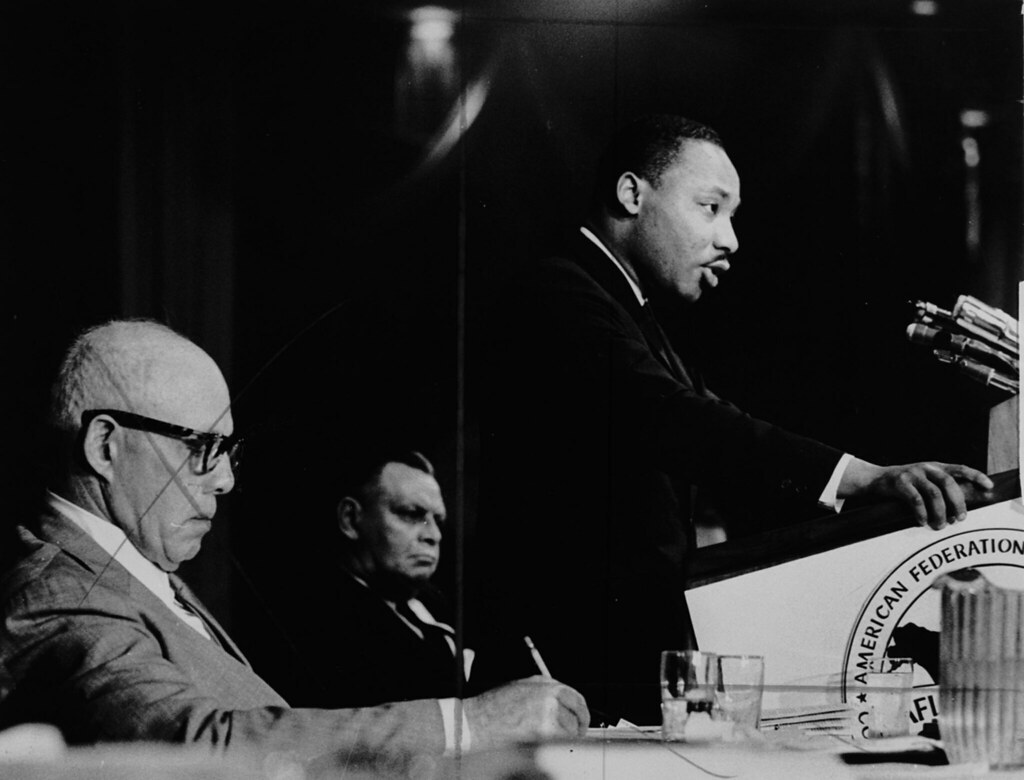
9. **Martin Luther**
The name Martin Luther resonates across centuries as the pivotal figure who ignited the Protestant Reformation, forever altering the course of Christianity. His courageous defiance against the Catholic Church, encapsulated in his famous 95 Theses, is celebrated as a monumental stand for religious freedom and individual conscience. This German monk’s theological revolution profoundly shaped Western thought, emphasizing personal faith and challenging entrenched dogma.
However, the visionary reformer who advocated for profound spiritual change harbored deeply troubling and virulent antisemitic sentiments in his later life. These views, which escalated dramatically, stand in stark contradiction to his earlier calls for religious liberation. Luther’s later writings, particularly his infamous 1543 tract “On the Jews and Their Lies,” descended into a horrifying call for persecution against Jewish communities, marking a dark stain on his historical legacy.
In this incendiary work, Luther explicitly advocated for the burning of synagogues and Jewish schools, the destruction of their homes, and the confiscation of their religious books. He also called for rabbis to be forbidden from teaching and for Jewish people to be forced into manual labor, stripped of their property and wealth. These horrifying directives went far beyond mere theological disagreement, laying a groundwork for centuries of prejudice and violence against Jewish populations in Europe.
Tragically, Luther’s hateful rhetoric provided a theological justification that would later be exploited by the Nazi regime for its propaganda and policies of extermination. His words, from a figure of such immense spiritual authority, lent a terrifying legitimacy to anti-Jewish hatred, proving that even those who champion liberation in one sphere can become purveyors of profound oppression in another. It forces us to confront the uncomfortable truth that a revered religious leader could simultaneously be a fountainhead of such destructive prejudice.
Read more about: Did They Know? 12 Famous People Whose Eerie Predictions About Their Own Deaths Came True

10. **Grover Cleveland**
Grover Cleveland holds a unique place in American history as the only U.S. president to serve two non-consecutive terms, a testament to his resilience and public appeal. Often remembered as a man of integrity, his political career was built on a reputation for honesty and a no-nonsense approach to governance. He was seen as a reformer who fought against political corruption and upheld democratic principles, earning him the respect of many during a tumultuous era.
Yet, beneath this facade of rectitude lay a deeply disturbing pattern of personal conduct that challenged the very notion of his moral integrity. Cleveland’s private life was marked by actions that, if exposed in detail during his time, would have severely jeopardized his political ambitions. These behaviors reveal a man capable of exploiting power and social position in ways that are profoundly unsettling to modern sensibilities.
One particularly egregious aspect of his personal history involves his relationship with his deceased friend’s daughter. Cleveland, at 49, groomed and later married Frances Folsom, who was barely 21 at the time. This age gap alone is striking, but the fact that he had essentially raised her from childhood, having assumed guardianship after her father’s death, casts a much darker shadow over their union. The power imbalance and the nature of their long-standing connection are deeply problematic, raising serious questions about manipulation and ethical boundaries.
Even more chilling were the allegations of sexual assault against another woman, Maria Halpin. When Halpin became pregnant and threatened to expose their affair and his actions, Cleveland allegedly used his considerable power and influence to have her institutionalized in an asylum. This calculated act of silencing a victim, effectively removing her from public discourse and denying her justice, reveals a ruthless and morally bankrupt side that stands in stark contrast to his public image as a champion of honesty and reform.

11. **Queen Elizabeth I**
Queen Elizabeth I, the iconic “Virgin Queen,” presided over a golden age in England, often celebrated as a period of unprecedented cultural flourishing, exploration, and military strength. Her reign, known as the Elizabethan era, saw the defeat of the Spanish Armada, the rise of Shakespeare, and the establishment of England as a major European power. She is remembered as a shrewd and powerful monarch who skillfully navigated complex political and religious landscapes.
However, Elizabeth’s celebrated image often obscures the systematic brutality and ruthlessness that characterized her rule, particularly in maintaining her authority and expanding her dominion. While her intelligence and resolve are undeniable, so too was her capacity for extreme cruelty against those perceived as threats or obstacles to her power. The “golden age” she presided over had a dark underbelly, especially for those who challenged her will.
The Queen personally authorized the torture of political prisoners, a chilling testament to her readiness to employ terror to extract information or secure compliance. Methods like the rack and thumbscrews were not mere instruments of medieval history but tools sanctioned by her government to crush dissent. This direct endorsement of such barbaric practices reveals a pragmatism that prioritized state security and personal power above all else, even human dignity.
Furthermore, her forces conducted what can only be described as genocidal campaigns against Irish populations. These brutal military actions were marked by mass starvation and execution, often aimed at suppressing rebellions and solidifying English control over Ireland. The scorched-earth tactics employed during these campaigns led to unimaginable suffering and loss of life, painting a picture of a monarch who, while revered at home, was responsible for immense human tragedy abroad.
Read more about: 7 A-Listers Who Said “No Thanks” to Social Media and Are Thriving Offline Now!

12. **Joe Kennedy Sr.**
Joe Kennedy Sr. is primarily remembered as the formidable patriarch of America’s most famous political dynasty, a shrewd businessman and a shrewd politician who groomed his sons for presidential power. His ambition and drive were legendary, propelling his family to unprecedented heights of influence and public service. He embodied a certain ideal of American success, demonstrating how wealth and strategic maneuvering could shape a nation’s future through his offspring.
Yet, behind the scenes of this impressive legacy lay a truly heartless act of familial betrayal, one that irrevocably altered his daughter’s life and stained his family’s history. This decision stands as a stark reminder that immense power and privilege can sometimes be wielded with a terrifying lack of compassion, even towards one’s own flesh and blood. The consequences of his choice were devastating and lifelong.
Joe Kennedy Sr. orchestrated a prefrontal lobotomy for his daughter, Rosemary, in 1941, a procedure intended to control her developmental disabilities. This drastic and then-experimental surgery went horribly wrong, leaving Rosemary permanently incapacitated, unable to speak or walk properly, and requiring lifelong institutional care. The decision was made without consulting his wife, Rose, and was kept a secret from the wider family for decades, highlighting an unimaginable level of control and deception.
Beyond this personal tragedy, Kennedy also demonstrated a pattern of financial exploitation and moral laxity in his dealings. He notoriously swindled actress Gloria Swanson, with whom he had an affair, out of her life savings. This act of deceit, leveraging a personal relationship for financial gain, underscores a calculating and self-serving nature that prioritized personal enrichment and control above ethical conduct and the well-being of others, even those close to him.
Read more about: The Unspoken Tragedy: Rosemary Kennedy’s Hidden Life, a Family’s Secret, and a Fateful Medical Decision
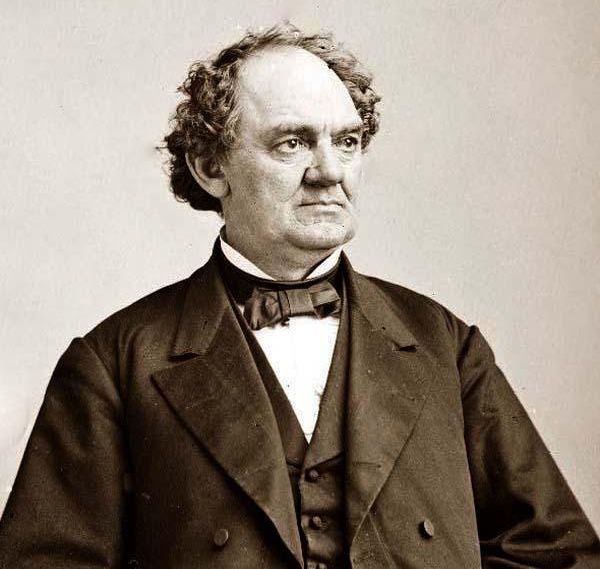
13. **P.T. Barnum**
Phineas Taylor Barnum, the quintessential showman, founded the legendary Barnum & Bailey Circus and remains a towering figure in the history of American entertainment. His name is synonymous with spectacle, wonder, and the ability to captivate audiences with the extraordinary. Barnum was a master of promotion, crafting imaginative shows that brought joy and amazement to millions, building an empire on the promise of the fantastic and the unique.
However, the foundation of Barnum’s entertainment empire was built not on wonder alone, but on a deeply unsettling bedrock of human exploitation and cruelty. His rise to fame began with an act that reveals a profound moral compromise: the purchase and public exhibition of an enslaved woman named Joice Heth. This was a callous act of reducing a human being to a spectacle for profit, a practice utterly indefensible by any ethical standard.
For decades, Barnum continued this pattern of exploitation, particularly targeting people with disabilities. He paraded individuals with unique physical characteristics in degrading “freak shows,” presenting them as curiosities rather than recognizing their inherent humanity. This objectification stripped individuals of their dignity, turning their differences into a source of entertainment for the masses, often under humiliating conditions.
The cruelty extended beyond human exploitation to the animals within his circuses. Barnum’s operations were notorious for subjecting circus animals to brutal training methods and pervasive neglect. These practices, designed to force animals into unnatural and dangerous performances, reflect a profound disregard for animal welfare, further exposing the dark underbelly of his celebrated enterprise and challenging the notion of him as a benevolent entertainer.
Read more about: Humpy Wheeler: Remembering NASCAR’s Greatest Showman, a Visionary Who Revolutionized Race Day and Fan Experience Before His Passing at 86
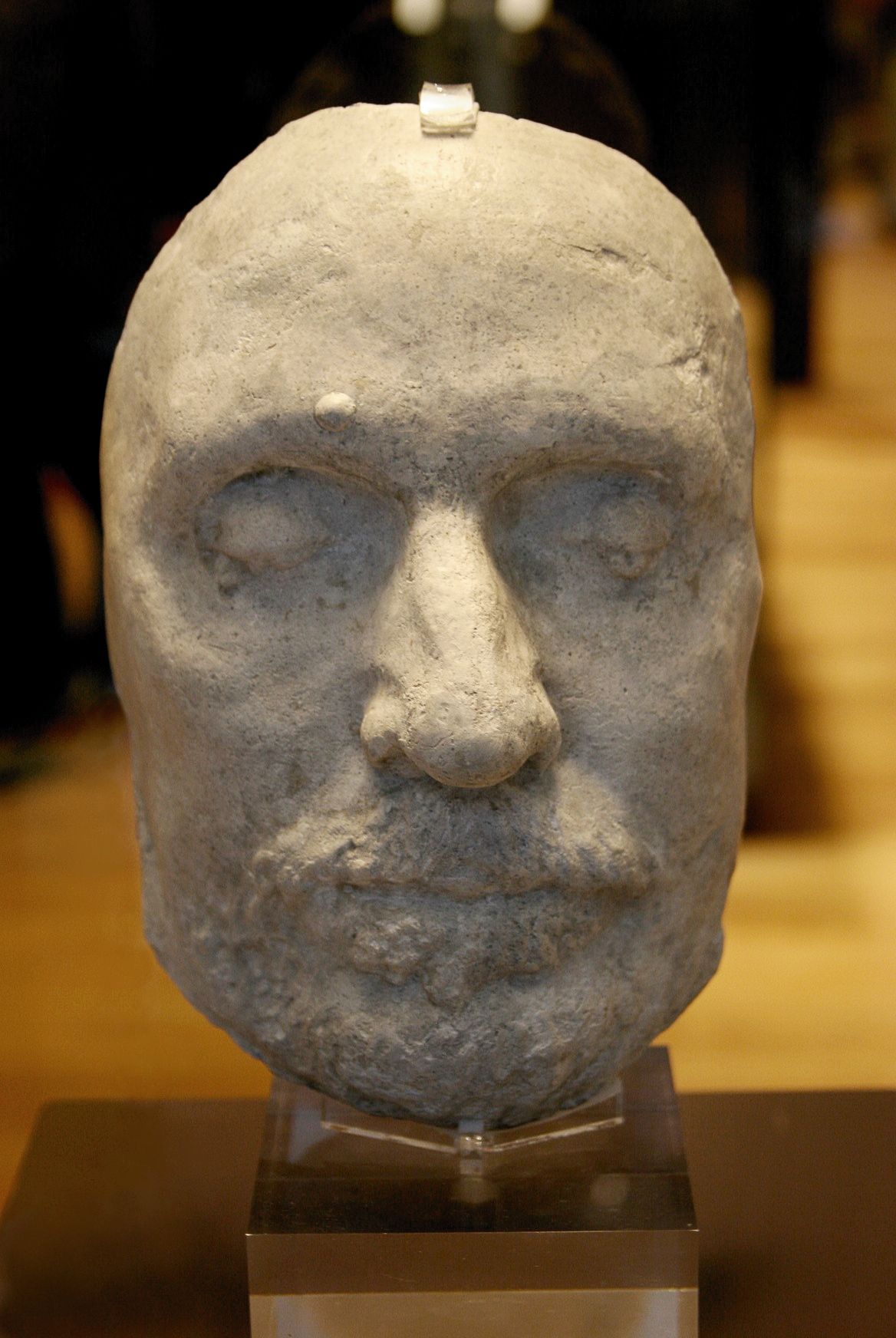
14. **Oliver Cromwell**
Oliver Cromwell, a pivotal figure in English history, is lauded as England’s Lord Protector and the military and political leader who guided Parliamentary forces to victory during the English Civil War. His military genius and strong leadership were instrumental in transforming England into a republic. He is often portrayed as a champion of parliamentary power and religious freedom, forever changing the course of British governance and societal structure.
Yet, Cromwell’s legacy is irrevocably stained by orchestrating some of the most brutal massacres in British history, particularly during his infamous campaign in Ireland. His military prowess, while effective, was often accompanied by an uncompromising and merciless approach that resulted in immense suffering and loss of innocent lives. The “New Model Army” under his command brought not just order, but also unspeakable terror.
The most egregious example of this brutality occurred during the Drogheda Massacre in 1649. Cromwell’s troops, after breaching the town’s defenses, unleashed a horrifying wave of violence, murdering approximately 3,500 civilians. This was not merely a battle; it was a calculated act of terror intended to crush Irish resistance and consolidate English power. The scale of the slaughter shocked even contemporary observers.
The methods employed were particularly barbaric. Men, women, and children were indiscriminately slaughtered in the streets. In one horrific instance, a group of inhabitants was herded into a church, only for Cromwell’s forces to set the building ablaze, burning them alive. Such actions transcended military necessity, embodying a policy of deliberate cruelty and ethnic cleansing against the Irish population, a dark chapter often downplayed in the heroic narratives of his life.
Read more about: The Enduring Legacy of ‘Richard’: A Comprehensive Look at Influential Figures Bearing the Historic Name, Featuring Actor Richard Hatch
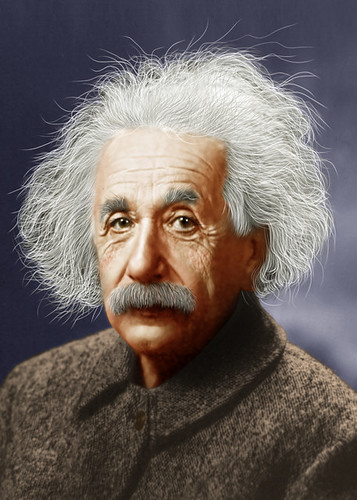
15. **Albert Einstein**
Albert Einstein, the father of modern physics and a Nobel Prize laureate, is universally revered as one of the most brilliant minds in human history. His theories of relativity reshaped our understanding of the universe, and his iconic image, with dishevelled hair and a thoughtful gaze, symbolizes scientific genius and intellectual curiosity. He remains an enduring icon of scientific progress and humanitarian thought, often speaking out on peace and social justice.
However, beneath this towering intellect and public persona lay a deeply unsettling pattern of behavior in his personal life, particularly concerning his treatment of women and his own children. The same mind that unlocked the secrets of the cosmos exhibited a profound capacity for cruelty and emotional neglect towards those closest to him, challenging the popular image of a benevolent genius.
Einstein’s treatment of his first wife, Mileva Marić, was particularly harsh. A fellow physicist who contributed significantly to his early work, Marić was effectively reduced to unpaid domestic labor, serving as his housekeeper rather than an intellectual partner. Historical accounts suggest her intellectual contributions were sidelined, denied recognition, and deliberately suppressed as Einstein’s fame grew, a betrayal of their shared scientific journey.
The extent of his disregard is further evidenced by a humiliating contract he drafted for Marić, outlining strict rules for their cohabitation, effectively treating her as a servant rather than a spouse. This document demanded absolute obedience and emotional distance, revealing a cold and controlling aspect of his personality. It painted a picture of a man who prioritized his intellectual pursuits to the detriment of basic human respect and marital partnership.
Furthermore, Einstein’s paternal responsibilities were often neglected. He abandoned two of his children; one, Lieserl, was given up for adoption shortly after birth, and her fate remains largely unknown. Another son, Eduard, struggled with mental illness and was institutionalized, with Einstein offering minimal support or visitation. These actions reveal a man who, despite his intellectual brilliance, struggled profoundly with empathy and personal accountability, leaving a legacy of emotional devastation in his wake.
Conclusion: Challenging the Pedestals of History
Our journey through the darker chapters of these respected historical figures is a crucial exercise in understanding the full spectrum of human experience. It’s tempting to lionize those who have left indelible marks on the world, to craft narratives that highlight only their triumphs and virtues. Yet, such simplified portrayals do a disservice to the complexity of the past and the nuanced reality of human character.
Read more about: 12 Mind-Blowing ‘Back to the Future’ Facts Even True Fans Might Not Know!
Uncovering these shadowed truths doesn’t diminish the achievements of a Nightingale or an Einstein, nor does it erase the profound influence of a Luther or a Cleveland. Instead, it challenges us to hold complexity in one hand and admiration in the other. It’s about acknowledging that greatness and profound moral failings can, and often do, coexist within the same individual. This more complete picture, devoid of convenient omissions, equips us with a richer understanding of history itself. By seeing these figures not as infallible heroes but as complex, flawed human beings—just like us, but with greater impact—we develop a more discerning eye for the past and, hopefully, make better, more ethical choices in the present. This nuanced perspective allows us to learn from both the brilliance and the blunders, fostering a truly informed and critical engagement with the legacies that shape our world.



